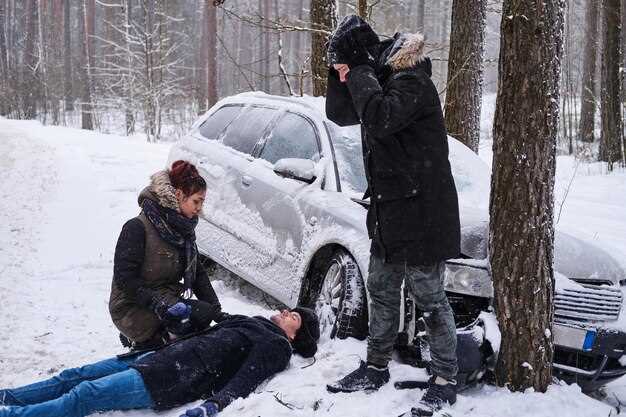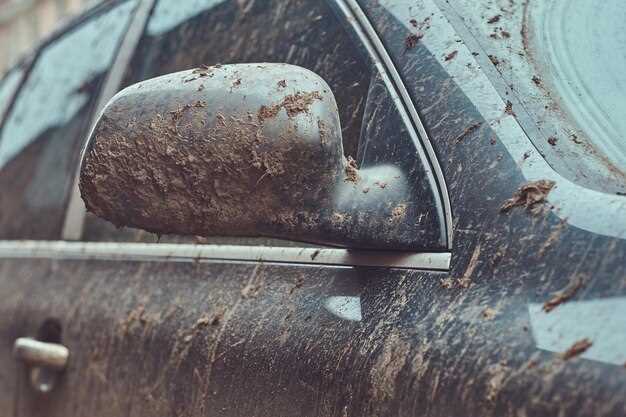
Maintaining the pristine appearance of your car is essential for both aesthetic and resale value. However, environmental factors such as tree sap and bird droppings can pose significant challenges. These substances not only mar the appearance of your vehicle but can also damage the paint if left untreated for an extended period. Understanding how to effectively remove these contaminants is crucial for every car owner.
Tree sap is a sticky substance that can harden over time, making it more difficult to remove. It often drips from trees and can adhere to your vehicle’s surface, creating unsightly stains. Additionally, if sap is not promptly cleaned, it can lead to long-term damage by etching into the paint. Meanwhile, bird droppings are acidic and can cause corrosion, leading to significant damage if they are not cleaned off quickly.
This article will guide you through effective methods for removing both tree sap and bird droppings, helping you protect your car’s finish. By following these practical steps, you will not only restore your vehicle’s appearance but also preserve its value over time. Whether you are dealing with fresh stains or hardened residue, the right techniques and products will ensure your car remains in top condition.
Choosing the Right Cleaning Products for Tree Sap

When it comes to removing tree sap from your car, selecting the appropriate cleaning products is crucial to avoid damaging the paint and finish. Look for products specifically designed for automotive paint surfaces, ensuring they are non-abrasive and safe for clear coats.
Solvents like isopropyl alcohol and rubbing alcohol are effective for dissolving sap without harming the underlying paint. Additionally, citrus-based cleaners can break down the sticky residue, but test them on a small, inconspicuous area first to ensure compatibility.
Another option is a specialized sap remover, typically available at auto parts stores. These products are formulated specifically for this type of stain and often come with user instructions to ensure safe application.
For those who prefer a more natural approach, you can use a mixture of warm water and dish soap. This solution can help soften the sap, making it easier to wipe away. However, it’s important to rinse the area thoroughly afterward to prevent any residue buildup.
Regardless of the product you choose, ensure to apply it gently with a microfiber cloth or sponge. Avoid using harsh scrubbing tools as they can scratch the surface. After removal, always follow up with a thorough wash and wax to restore protection to your vehicle’s finish.
Step-by-Step Process for Safely Removing Bird Droppings
Bird droppings can damage your car’s paint if not removed promptly. Follow these steps to safely clean them off your vehicle.
-
Gather Necessary Supplies:
- Soft microfiber cloths or sponges
- Warm water
- Automotive soap or a gentle dish soap
- Bucket
- White vinegar or specialized bird droppings cleaner (optional)
- Rubber gloves (optional)
-
Select a Suitable Location:
Choose a shaded area to prevent cleaning products from drying too quickly and causing further damage.
-
Soak the Affected Area:
Use warm water to dampen the droppings. Allow the moisture to soften the waste for about 5-10 minutes.
-
Prepare Cleaning Solution:
In a bucket, mix warm water with automotive soap according to the manufacturer’s instructions. If using vinegar, mix one part vinegar with three parts water.
-
Gently Wipe the Area:
Use a microfiber cloth or sponge dipped in the cleaning solution to gently wipe the droppings away. Avoid scrubbing to prevent scratching the paint.
-
Rinse Thoroughly:
Once the droppings are removed, rinse the area with clean water to remove any soap residue.
-
Dry the Surface:
Use a clean, dry microfiber cloth to pat the area dry. This helps prevent water spots and further damage.
-
Inspect for Residue:
Check the area for any remaining residue. If necessary, repeat the cleaning process until all traces are gone.
-
Protect the Paint:
Consider applying a wax or sealant to protect the paint after cleaning. This creates a barrier against future bird droppings and contaminants.
Long-Term Tips for Preventing Damage from Sap and Droppings

To minimize the risk of tree sap and bird droppings damaging your vehicle’s paint, it’s essential to implement preventive measures consistently.
Firstly, consider parking in a garage or under a carport whenever possible. This will not only shield your vehicle from natural elements but also keep it safe from trees nearby that may produce sap or attract birds.
Secondly, invest in a high-quality car cover. A good cover can protect your vehicle from sap, droppings, UV rays, and other potential damages. Ensure the cover is breathable to avoid moisture buildup underneath.
Regular waxing of your car is another effective way to create a barrier against contaminants. A thick layer of wax can help in easier removal of sap and droppings while preventing them from penetrating the paint.
Additionally, keep the car clean by washing it frequently, particularly during pollen season or when bird activity is high. This prevents any build-up of sap or droppings and helps maintain the integrity of your car’s finish.
Another measure is to strategically choose parking locations. Whenever possible, avoid parking directly beneath trees or in areas with high bird activity. Instead, opt for open spaces that provide less risk of exposure.
Lastly, apply a ceramic coating for added protection. This durable layer not only enhances your car’s shine but also makes it much easier to clean off any sap or droppings that might land on the surface.





